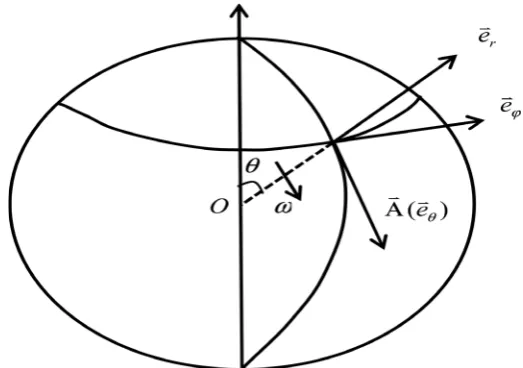Photon and Elementary Particles Theory
Full text
Figure




Related documents
Keywords: Deflection of light; Gravitational lensing; Massive photon; Black hole; Gauss-Bonnet theorem; Scalar Deformation; Dark
Emission of light particles, in systems of various neutron-proton asymme- tries, is expected to be a probe of nuclear matter properties such as the density dependence of the
Preliminary results on dark photon search in π 0 decays are reported: no signal is observed, and the obtained upper limits on the mixing pa- rameter ε 2 improve over the world data
The nucleus captures an extranuclear (orbital) electron which reacts with a proton to form a neutron and a neutrino, so that, as with positron decay, the mass number of
The nucleus captures an extranuclear (orbital) electron which reacts with a proton to form a neutron and a neutrino, so that, as with positron decay, the mass number of the
The nucleus captures an extranuclear (orbital) electron which reacts with a proton to form a neutron and a neutrino, so that, as with positron decay, the mass number of the
This was based on the structures for the photon, electron, antielectron, proton and antineutrino as previously identified as logical necessities for the beta
The familiar beta decay (more correctly termed beta-minus decay) occurs when a neutron in the nucleus is converted into a proton, an electron and an anti-neutrino. This

